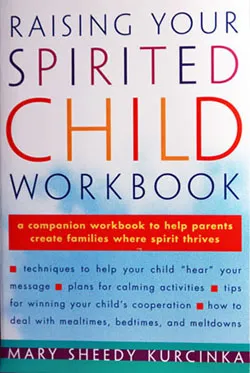Keeping Your Cool

Dear Dr. Mary and Lynn:
It's hard to give my spirited daughter time to process emotions, because her actions push me away, when really, I think she wants me close. It's so hard to be near her at those moments. I need time to process at that point. - Tatum
Dear Tatum:
Whenever Lynn and I are working together I’m always amazed at how quickly she notices a child is upset. Once on a playground she stopped as we passed a little girl on a swing and asked her, “What’s up?” “They won’t play with me.” The child whimpered, pointing to a group of girls near the fence. Incredulous I asked Lynn, “How did you know she was distressed?” “There was a little line between her brows,” she replied. Then laughing, she explained, “I can ‘feel’ the intensity of others and knew to look.”
The “red zone” of intensity is catchy and that’s what is happening to you, Tatum. It’s a natural reaction. We’re mammals and if someone in the “herd” is sending out vibes that something is “up,” our system automatically gets ready to fight or flee too. But we don’t have to go there. This is where we, the adult take the deep breath, recognize the child is struggling to bring her arousal system back into balance and know we can help. It is not easy, because all too frequently the messages we are hearing in our head are things like, “Here we go again.” Or, “I have no idea what to do.” Or, “This is so embarrassing, everyone is watching.” Or, “I can’t believe she is treating me this way.” These messages can leave us feeling powerless and angry and as a result just increase our own intensity.
We can teach ourselves to screen that self-talk and change it to messages like, “This is inappropriate behavior and I am going to deal with it – but right now is not a teachable moment. First I have to calm her.” We can also remind ourselves that listening does not mean giving in – it’s seeking understanding. Trying to figure out what is she feeling or needing so we can determine what words and actions we’ll need to teach her to express them more appropriately next time.
So in the future try your best to stay “tuned –in.” When you first feel that “twinge” in your gut, don’t ignore it. Check out that “line between the brows.” The earlier you catch it, the easier it is to calm your child. If you innocently miss it and she’s upset, remind yourself, just like when she was a baby and needed help calming, she needs it now. Let her know you’ll stay nearby, but you can see she needs space. Remind yourself she doesn’t like to feel this way. It’s very uncomfortable to her too. If she’s hitting at you, hold her hands and stop her. Keep your voice calm. “I’m listening. I will help you.” Let go when you feel her body relax. Be silent. Know that like you, talking or too much stimulation makes it harder for her to calm.
When she’s back in balance and her body is relaxed, that’s when you will do a “re-do” helping her to understand what she was feeling in that situation, then teaching her the words and actions that would be more appropriate next time she feels that way and finally actually practicing with her.
By doing this, you will be modeling and directly teaching how to keep your cool – even in the “heat of the moment.” And then don’t forget – get yourself to bed. This is so much easier if you’re well rested!
Display All Posts
Search by Topic:
Popular Posts:
- When your child yells at you: Expecting and Coaching respectful behavior
- 5 Tips to Stop the 'Strike out Tantrums:' Hitting, Biting, Kicking and Name-calling
- Why is my child suddenly clingy?
- Ten Steps to a Peaceful Bedtime for Your Spirited Child
- When Your Child’s Meltdowns are Ruining Vacation






